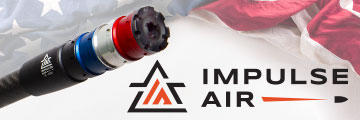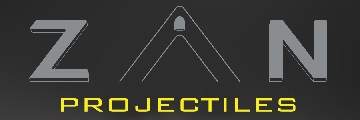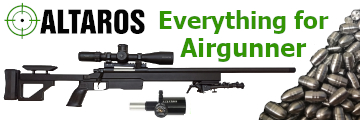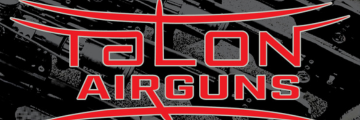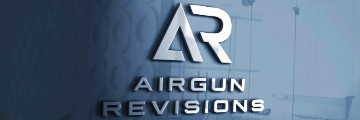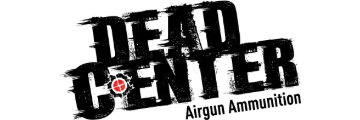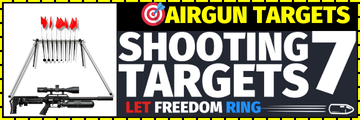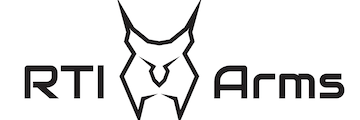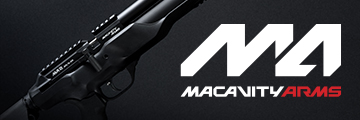So with the cost of powder ammo getting more silly, along with even sillier rules for buying ammo in California, and then seeing someone with a Blitz, I thought oh hell yeah! We thought yeah, that sounds like fun and ammo is way cheaper for just playing around. I was shopping for a Blitz and ultimately talked myself out of it for now. Seems they can be a lil finicky and at least for now, I don't have any other PCP guns to play with so want something more reliable. So after doing what I pass off as research and my boss would call a week of sub optimal performance, this is what I ordered.
For me, JTS Airacuda MAX .22 with Hawke Airmax 4-12x40 scope.
For her, Umarex Notos with Bugbuster 3-12x32 scope.
Also a Yong Heng compressor with Amazon warranty

She wanted something lightweight and compact, Notos seems to be a good answer there, hard to find anyone that doesn't like it. I saw the Airacuda MAX and just kinda fell for it. It's nice looking gun and reviews make it sound like I'll enjoy it for a long time. Made giving up on the Blitz dream a little easier for now. I've heard the BLitz sometimes go on deep sales, if I can pick one up on a bargain, I'll do it. But for now my practical side has won.
I say my practical side won after spending over $1500 to save a few cents a round on ammo to poke holes in stuff. Yeah, it's a trap, should be a fun one though

I do have a few other airguns, but nothing like this.
Crosman 760 pumper. This is the gun I learned to shoot with 45 or so years ago. Found it in my father's garage and after a little cleaning and some oil, it came back to life.
Crosman 1377 pumper pistol. Also from my father's garage. I remember when I was finally strong enough to hold it out in front of me and get a decent shot.
I got my wife a Gamo break barrel for Valentines Day 10 or so years ago. It's not bad but it's heavy and long for her and she really doesn't like cocking and feeding it one pellet at a time.
Anyway.. Hi





























